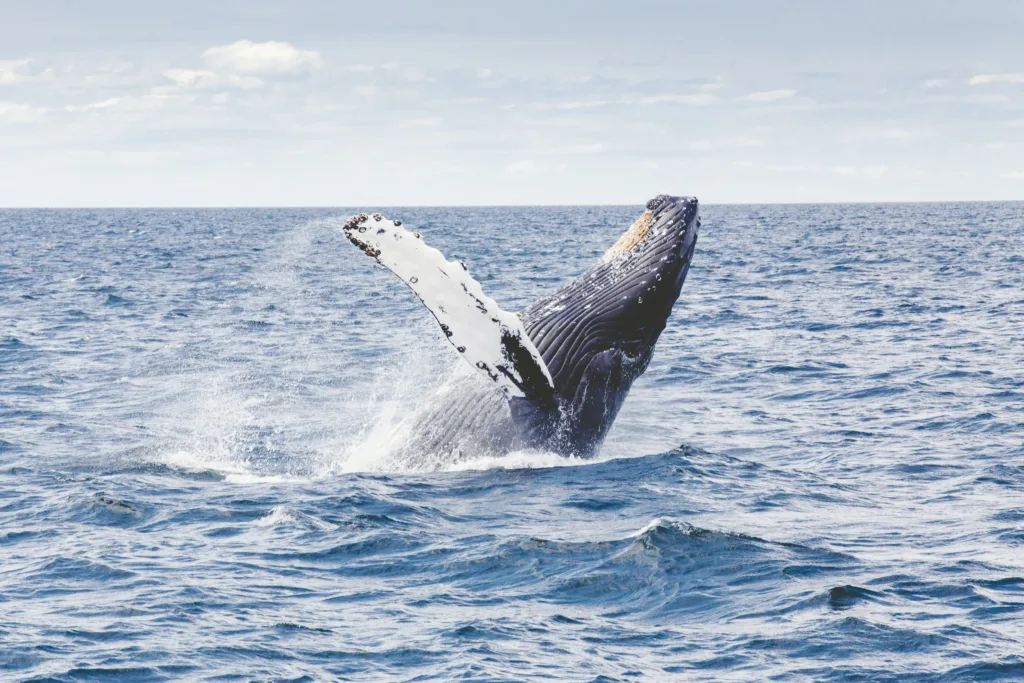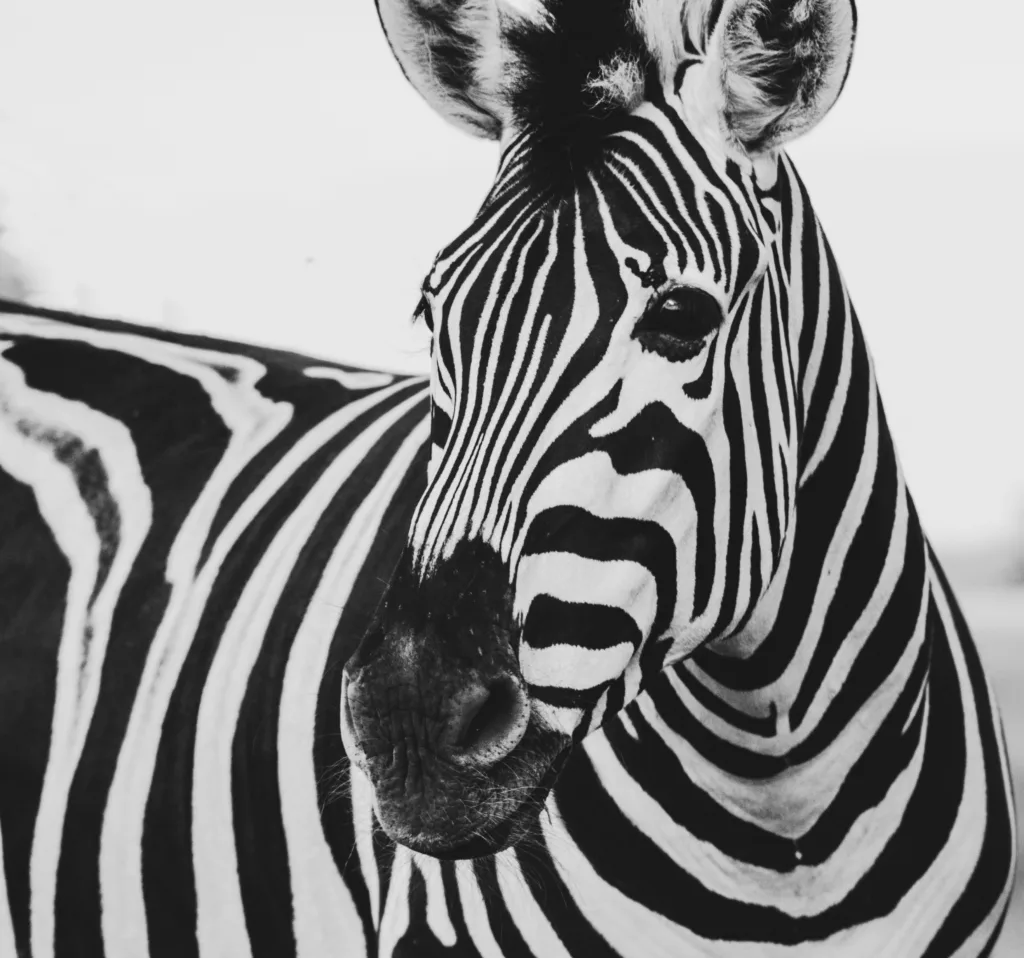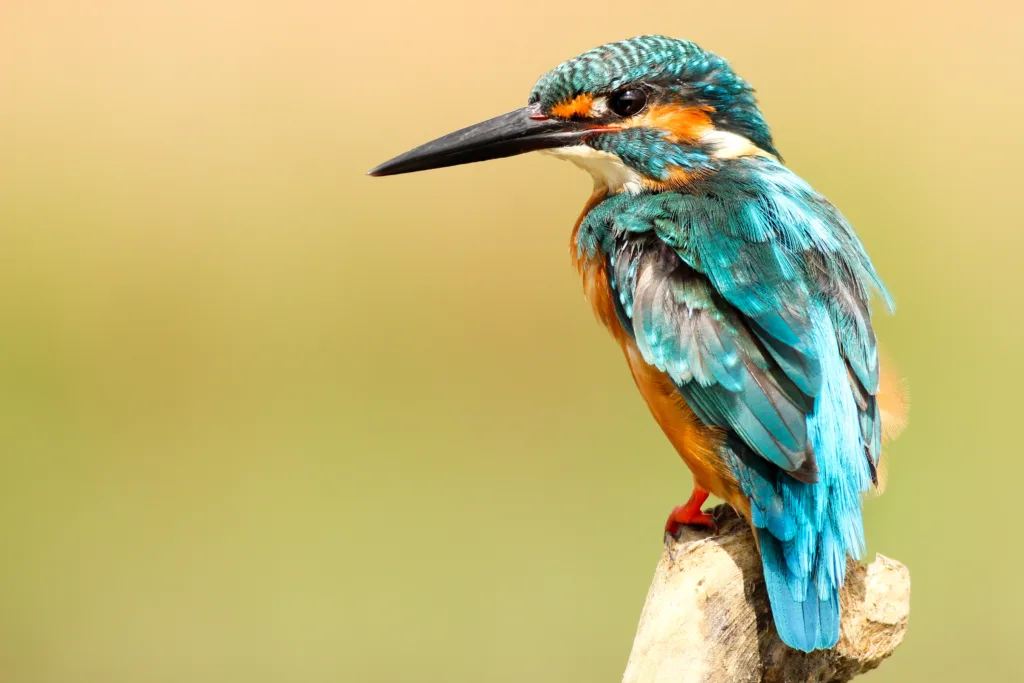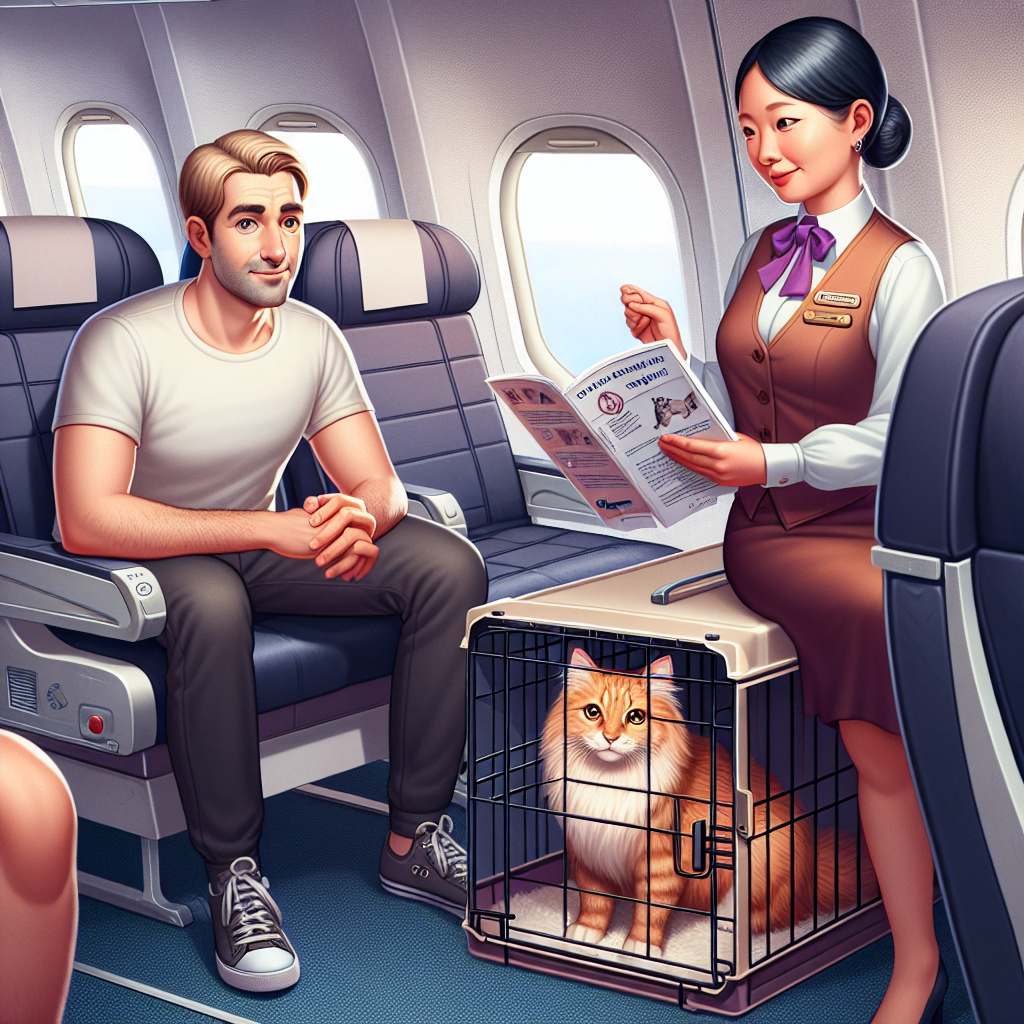Flying with a pet can be an exciting and nerve-wracking experience. From ensuring their comfort and safety to navigating the complex regulations, there are numerous factors to consider. In this article, we will explore the rules and guidelines that pet owners need to be aware of when it comes to flying with their furry friends. Whether you’re planning a vacation or relocating, understanding these regulations will help make your journey as smooth and stress-free as possible. So, put on your friendly skies and let’s embark on this pet-friendly adventure together!

Table of Contents
Choosing the Right Airline
When preparing to travel with your pet, one of the first steps is researching pet-friendly airlines. Not all airlines have the same policies and accommodations for pets, so it’s important to find one that aligns with your needs. Look for airlines that explicitly state they are pet-friendly and have a track record of providing a positive experience for both pets and their owners.
Researching pet-friendly airlines
To begin your search for pet-friendly airlines, consider checking online forums and review websites where pet owners share their experiences. Look for airlines that have consistently positive reviews regarding their treatment of pets, their handling of pet-related concerns, and their overall pet-friendly policies.
In addition to online research, you can also consult with your veterinarian or fellow pet owners for recommendations. They may have personal experiences or insights that can help guide your decision.
Checking airline policies for pets
After identifying potential pet-friendly airlines, it’s crucial to carefully review their specific policies and guidelines for traveling with pets. Each airline will have its own set of rules and regulations, and it’s important to ensure that you are in full compliance.
Pay close attention to important details such as whether pets are allowed in the cabin or must be transported in the cargo hold. Some airlines may have restrictions on certain breeds or sizes of pets, so it’s important to check if your pet meets their criteria.
Understanding size and weight restrictions
Another crucial aspect to consider when choosing the right airline is understanding their size and weight restrictions for pets. Different airlines may have specific requirements, such as a maximum weight for pets traveling in the cabin or specific dimensions for pet carriers. Make sure you know the exact measurements and weight limits to ensure a smooth travel experience for you and your furry friend.
Knowing breed restrictions
In some cases, certain airline policies restrict specific dog breeds from flying, either in the cabin or in the cargo hold. This is often due to safety concerns or breed-specific regulations. If you have a breed that falls under any restrictions, it’s important to be aware of this beforehand to avoid any issues or disappointments. Ensure that your chosen airline allows your pet’s breed to fly with them.
Preparing Your Pet for Travel
Once you have chosen the right airline, it’s time to shift your focus to preparing your pet for the journey ahead. Taking certain steps before the trip will help ensure that your pet is healthy, safe, and comfortable during travel.
Updating vaccinations and health records
Before traveling with your pet, it’s crucial to ensure that all their vaccinations are up to date. Check with your veterinarian to make sure your pet is current on their shots, including rabies, and obtain records of their vaccinations. Airlines may require proof of vaccination, so it’s essential to have these documents readily available.
Obtaining a health certificate
In addition to vaccinations, many airlines also require a health certificate issued by a veterinarian. This certificate confirms that your pet is healthy, fit to travel, and free from contagious diseases. Schedule a visit to your veterinarian as early as possible to ensure you have enough time to obtain the health certificate before your trip.
Microchipping your pet
Microchipping your pet is a simple and effective way to ensure their safety during travel. In case they get separated from you, a microchip with your contact information can greatly increase the chances of a happy reunion. Take the time to have your pet microchipped before your trip, and make sure their information is up to date in the microchip registry.
Providing proper identification
In addition to microchipping, it’s essential to provide your pet with proper identification. Attach a secure and visible ID tag to their collar, including your name, contact number, and any relevant travel information. This will make it easier for airport staff or fellow travelers to identify your pet and provide assistance if needed.
Training your pet for travel
While traveling can be a stressful experience for pets, training them for the journey can help alleviate anxiety and ensure a smoother trip. Gradually acclimate your pet to their carrier or crate by introducing them to it in a positive and relaxed environment. Practice short car rides with your pet in their carrier to get them used to the sensation of being transported. Reward them with treats and praise to create positive associations with travel.
Booking a Pet-Friendly Flight
With all the necessary preparations in place, it’s time to book a pet-friendly flight that accommodates both you and your pet’s needs.

Contacting the airline in advance
Before making a reservation, it’s recommended to contact the airline directly to inquire about their current policies and procedures for traveling with pets. This will give you an opportunity to ask any specific questions or address any concerns you may have. Having direct communication with the airline will help ensure that you have accurate and up-to-date information.
Making a reservation for your pet
Once you have all the required information, make a reservation for your pet as soon as possible. Airlines often have limited space available for pets, especially in the cabin, so it’s important to secure your pet’s spot early. Inform the airline of your intent to travel with a pet during the booking process to avoid any surprises or complications.
Understanding crate requirements
If your pet will be traveling in the cabin, it’s essential to understand and adhere to the airline’s crate or carrier requirements. Different airlines may have specific guidelines regarding the type, size, and construction of pet carriers. Make sure your pet’s carrier is in compliance and meets all the necessary safety standards.
Preparing travel essentials for your pet
Before the flight, gather all the essential items your pet will need during the journey. This includes necessities such as food, water, treats, and any medications they require. Pack these items in a separate bag or container to ensure easy access and organization during the trip.
Choosing the Right Pet Carrier
The right pet carrier is essential for the comfort and safety of your furry friend during travel. Take the time to choose an airline-approved carrier that meets all the necessary requirements.
Checking airline-approved pet carrier guidelines
Different airlines may have varying guidelines for pet carriers, so it’s important to check their specific requirements. This includes dimensions, ventilation specifications, and any additional features the carrier must have for it to be considered acceptable for travel. Ensure that your chosen carrier meets all these guidelines to avoid any issues during check-in or security screening.

Ensuring proper ventilation and security
When selecting a pet carrier, prioritize carriers that offer proper ventilation and security features. Good ventilation will ensure that your pet has access to fresh air throughout the journey. Security features, such as sturdy locks or zippers, will prevent any accidental openings or escape attempts during transit.
Selecting the appropriate size
Selecting the proper size of the pet carrier is crucial for your pet’s comfort. The carrier should be large enough for your pet to stand, turn around, and lie down comfortably, but not overly spacious that they can be tossed around during turbulence. Refer to the airline’s guidelines to determine the appropriate size for your pet.
Providing comfortable bedding and absorbent material
To ensure your pet’s comfort during the flight, provide them with soft bedding and absorbent material in their carrier. This will help cushion any bumps or jolts and provide a cozy space for them to rest. Consider using materials that will not cause discomfort or pose a choking hazard to your pet.
Packing Essential Items for Your Pet
In addition to the travel essentials mentioned earlier, there are a few more items that are crucial to pack for your pet’s comfort and well-being during the journey.
Carrying necessary food and water
Pack enough food and water to sustain your pet for the duration of the trip, including any layovers or delays. It’s important to stick to their regular diet to minimize any chances of stomach upset. Bring collapsible bowls or containers for easy feeding and hydrating.
Bringing favorite toys and treats
To make the journey more enjoyable for your pet, bring along their favorite toys and treats. Familiar items will provide comfort and entertainment during the flight and help distract them from any potential stress or anxiety. Chewing toys or treats can also help alleviate ear pressure discomfort during takeoff and landing.

Including extra supplies for emergencies
Prepare for any potential emergencies by packing extra supplies for your pet. This may include extra food, water, a spare collar and leash, waste bags, and any necessary cleaning supplies. Having these items readily available will help you handle any unexpected situations that may arise.
Carrying essential medications
If your pet requires any medications, ensure that you have an adequate supply for the duration of the trip. Pack them securely, and make sure you have the necessary documentation or prescriptions if required. Keep these medications easily accessible to administer as needed.
Ensuring Pet Comfort and Safety
During the journey, your pet’s comfort and safety are of utmost importance. Take certain measures to ensure they have a pleasant and stress-free experience.
Accustoming your pet to the carrier
Before the flight, gradually introduce your pet to their carrier to help them feel more comfortable. Leave the carrier open in a familiar and calm environment, allowing your pet to explore and become acclimated to it at their own pace. Encourage positive associations by offering treats and praise when they voluntarily enter the carrier.
Keeping your pet calm during the journey
Traveling can be stressful for pets, so it’s important to keep them as calm and relaxed as possible. Consider using natural calming aids such as pheromone sprays or essential oils specifically formulated for pets. Keep the environment around your pet as quiet and soothing as possible by using noise-canceling headphones or playing soft, calming music.
Providing bathroom breaks
During a long flight, it’s essential to provide your pet with an opportunity to relieve themselves. If traveling in the cabin, inquire about the possibility of accessing a designated pet relief area or bringing your pet to a designated bathroom during layovers. For pets traveling in the cargo hold, ensure that they have relieved themselves before being placed in their carrier and provide instructions to the airline staff on any necessary bathroom breaks during layovers.

Ensuring temperature and humidity control
Monitor the temperature and humidity levels during the flight to ensure your pet’s comfort and safety. On hot days, ensure that the cabin or cargo hold is adequately cooled, and on colder days, provide extra blankets or a cozy sweater for added warmth. Discuss any concerns or specific temperature requirements with the airline before your trip to ensure your pet’s well-being.
Checking Airport and TSA Regulations
In addition to airline policies, it’s essential to be aware of any specific regulations and guidelines set by airports and the Transportation Security Administration (TSA).
Knowing specific airport rules for pets
Different airports may have their own specific rules and regulations regarding pets. Some airports may have designated pet relief areas, while others may require pets to remain in their carriers at all times. Familiarize yourself with the rules of the airports you will be departing from, transiting through, and arriving at to ensure compliance and a smooth journey.
Checking TSA guidelines for security screening
TSA has specific guidelines for security screening when traveling with pets. Familiarize yourself with these guidelines to ensure a smooth and efficient screening process. For example, you may need to remove your pet from their carrier while it goes through the X-ray machine or be prepared for additional screening procedures. Being aware of these guidelines will help you prepare in advance and minimize any potential stress or delays.
Understanding restrictions on carrying liquids
When it comes to carrying liquids for your pet, be mindful of TSA regulations on the transportation of liquids. While you are allowed to carry small amounts of liquids for your pet, such as water or medications, it’s important to follow the specific guidelines and restrictions. Ensure that these liquids are properly packaged and declare them to the security officers during the screening process.
Arriving at the Airport
On the day of your flight, it’s important to arrive at the airport early with ample time for check-in and security procedures.
Arriving early for check-in
Arriving early at the airport will give you plenty of time to complete the check-in process and ensure a smooth start to your journey. Allow for extra time to check in your pet and verify their documentation, including health certificates and vaccination records. Being well-prepared and early will help alleviate any last-minute stress or concerns.
Informing airline staff about your pet
When checking in with your pet, inform airline staff about their presence and ensure that all necessary paperwork and documentation are in order. This will allow the staff to assist you promptly and answer any additional questions or concerns you may have. Be clear and concise in communicating your pet’s needs and any special instructions.
Ensuring proper handling during security screening
During the security screening process, it’s important to ensure that your pet is handled with care and sensitivity. If your pet needs to be removed from their carrier, communicate any specific instructions or concerns to the security officers. Be patient and cooperative throughout the process, as a calm and respectful attitude will help facilitate a smooth experience for both you and your pet.
During the Flight
During the flight, there are a few key considerations to ensure your pet’s safety and well-being.
Placing the pet carrier properly
Proper placement of the pet carrier is crucial for your pet’s safety during the flight. If traveling in the cabin, follow the airline’s instructions on where to place the carrier, such as under the seat in front of you. Make sure the carrier is securely and properly positioned to prevent any shifting or movement during turbulence.
Ensuring pet comfort during takeoff and landing
During takeoff and landing, changes in air pressure can cause discomfort for pets, just like humans. Help alleviate this discomfort by providing them with a chew toy or treat to encourage swallowing and relieve ear pressure. Keep them as calm as possible to minimize any anxiety during these periods.
Following airline instructions and regulations
Throughout the flight, it’s important to follow the airline’s instructions and regulations regarding your pet’s behavior and care. This includes keeping them in their carrier at all times unless otherwise instructed, refraining from opening the carrier during the flight, and maintaining a quiet and calming environment for your pet. Being mindful and respectful of these regulations will ensure a positive experience for both you and your pet.
Arriving at the Destination
After a long journey, it’s important to give your pet some time to adjust and ensure their well-being.
Retrieving your pet safely
Once you arrive at your destination airport, promptly retrieve your pet and their carrier from the designated area. Double-check their identification tag and carrier to ensure there are no mishaps or mix-ups.
Checking pet’s condition and well-being
After the journey, take a few moments to check your pet’s overall condition and well-being. Ensure that they are alert, responsive, and behaving normally. Look for any signs of distress or discomfort and address them promptly if necessary. If you have any concerns, don’t hesitate to seek attention from a veterinarian as soon as possible.
Ensuring a comfortable transition
After the journey, it’s important to provide your pet with a comfortable transition to their new surroundings. Set up their familiar bedding and provide them with food, water, and a cozy space to rest. Spend some quality time with them to help them acclimate to their new environment and reassure them with familiar routines and affection.
By following these comprehensive guidelines, you can choose the right airline, prepare your pet for travel, book a pet-friendly flight, and ensure a safe and comfortable journey for both you and your furry friend. Taking the time to properly research, plan, and prepare before your trip will help minimize stress and create an enjoyable travel experience for all. Bon voyage!
